Being overwhelmed by anxiety is like being trapped on a never-ending rollercoaster ride you didn’t want to go on in the first place. However, what if I told you that there’s a way to disembark the anxiety train and find peace? Somatic exercises for anxiety are the answer.
Somatic healing exercises can calm your anxious mind and bring your entire being back into balance. These can be incredibly powerful as they connect your mind and body, allow you to understand your inner strength, and let go of all your pent-up emotions.
We’ve compiled for you seven somatic exercises for anxiety that will make you feel like a Zen Master in no time. Before we explore these somatic healing exercises, let’s find out more about how does somatic therapy work.
Related: What is Somatic Therapy: 5 Somatic Exercises To Release Trauma
How Does Somatic Therapy Work?
Imagine your body is a hidden treasure filled with clues to unlock your emotional well-being. Somatic therapy is the key that opens up that chest and uncovers all the secrets it holds. Unlike traditional talk therapy, somatic therapy understands just how much our bodies know.
It’s like having a conversation with your body. Every sensation, every ache, and every movement has its own story to tell. By allowing you to tune into these physical sensations, you get to see the deeper connection between your mind and body.
Through gentle exercises, breath work, and mindfulness, you’ll be able to release stored tension and trauma which lets you heal from within.
Now that we know how does somatic therapy work, let’s explore some of the best somatic exercises for anxiety.
7 Powerful Somatic Exercises For Anxiety That Will Heal You
1. Grounding Exercises
Grounding exercises are strong somatic healing exercises, which help you stay in the present moment, whenever any distressful memory or anxiety arises. These exercises activate the senses that connect your mind with your body.
Some examples of grounding exercises are the following:
- Going on a long walk in nature, and walking slowly, feeling your feet connecting with the ground and noticing each step’s sensation.
- Hugging yourself gently or wrapping yourself up in a soft blanket. This makes you feel comforted and calm.
- Cuddling or stroking your pet’s fur, and noticing its warmth and texture.
- Listening to soothing music, and letting its tune calm you down.
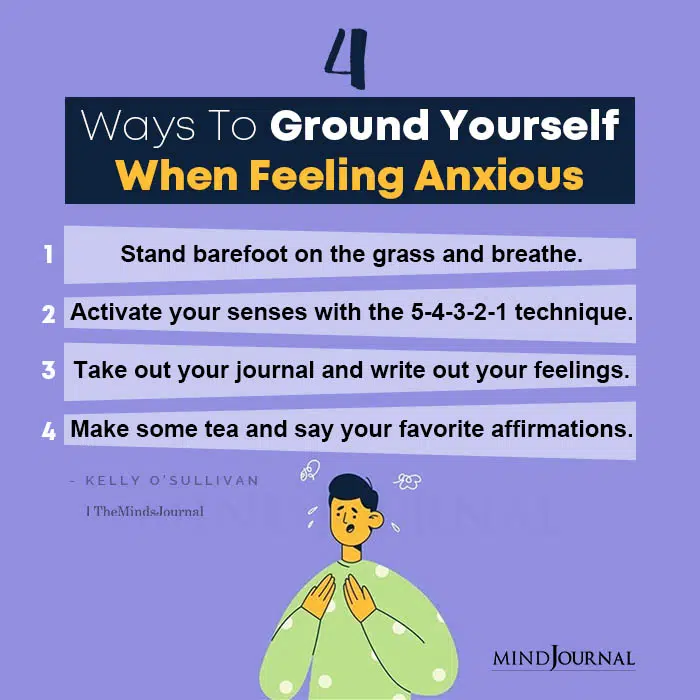
2. Breathing Exercises
One of the most powerful somatic healing exercises is this.
Conscious breathing can be extremely powerful when it comes to calming your nerves and making you feel rooted in the present moment. And not just that, mindful breathwork can prevent you from getting carried away with overwhelming emotions.
Here are some breathing exercises you can try out:
- Box breathing: Inhale for 4 counts, hold for 4, and then exhale for 4. These equal intervals help you stay centered and slow down your breathing gradually.
- Belly breathing: This involves the diaphragm. Place your hands there, inhale deeply, and feel it expand with every breath you take.
Deep breathing can be really effective, as long as you are practicing it regularly. Practice for 5-10 minutes daily and gradually continue to increase the duration. Be patient with yourself as you work towards making this a daily habit.
Related: 15 Art Therapy Exercises to Banish Anxiety and Channel Your Emotions
3. Body Scanning
Body scans are one of the most amazing somatic exercises for anxiety, that helps in boosting your self-awareness and relaxation. Slowly moving your attention through different areas of your body helps you notice and let go of any tension or discomfort you might be feeling.
Try these body scanning methods below!
- Wiggle your toes a bit before beginning, as this brings your awareness to your feet first. Then gradually start to focus upwards, and do this slowly. Take your time and observe how each part of your body feels. There’s absolutely no need to rush.
- Pay some extra attention to the strained areas, and visualize the tension melting away with every breath you exhale.
- Imagine a warm, golden light traveling through your whole body, helping you feel calm and at ease. Now try to observe how that makes your mind feel.
Practicing body scanning everyday can work wonders for your mental and emotional well-being. Doing this for even 5 minutes everyday will help you let go of all those overwhelming thoughts and emotions that give you a hard time.
4. Pendulation
Pendulation is the act of alternating between being tense and being relaxed. This trains your body and helps it to differentiate and appreciate different types of physical, and emotional states so that you have a better understanding of your reactions to emotions.
This is how you can practice pendulation:
- Consciously squeeze and then relax each muscle group while paying attention to the sensations it’s causing in your body.
- Keep a 24-hour mood diary by rating your feelings on a scale from 1-10; observe it change throughout the day.
- When you find yourself absorbed in negative thoughts, take five deep breaths and feel yourself coming back to the present moment.
5. Voo Breath
One of the most effective somatic exercises for anxiety is the Voo breath.
The vibration produced by this sound is believed to stimulate the vagus nerve, which is an important part of the body’s parasympathetic system, responsible for rest and relaxation. The stimulation of this nerve can greatly reduce stress, anxiety, and fight or flight responses.
How to practice Voo breathing?
- You should be seated or lying down in a comfortable position and your surroundings need to be calm and quiet.
- Close your eyes and breathe slowly from the nose allowing your lungs to expand fully.
- Then as you breathe out slowly through your mouth, make a “voo” sound. Feel the vibrations from this sound deeply in your chest and throat.
- Repeat this process for a few minutes or until you begin feeling more relaxed and grounded again.
Related: 10 Surprisingly Effective Natural Remedies for Anxiety
6. Butterfly Hug
One of the best somatic healing exercises, the Butterfly Hug is a self-soothing technique that works wonders when it comes to relaxing you. Whenever you are feeling overwhelmed, anxious, or having a fight or flight response to something, try this out, and see it work its magic.
This is how you can practice the butterfly hug:
- Cross your arms over your chest so that one hand touches each shoulder.
- Tap gently on top of both your shoulders with your fingertips few times.
- Keep doing it till you feel calmer and less overwhelmed.
- The butterfly hug is meant to create a feeling of safety and security.

7. Self-Massage
Massaging yourself is one of the most underrated somatic healing exercises. Self-massage can reduce the tension in your muscles as well as anxious thoughts or feelings.
However, this doesn’t have to be a very complicated process – it could simply involve rubbing your hands together or caressing your arms and legs using slow, circular motions.
- Select the part of your body that you want to focus on such as your back, neck, knees, etc.
- Use gentle circular motions while massaging, focusing more on your finger tips and palm.
- Feel a sense of warmth emanating from your hands due to the slight pressure you’re applying.
- Continue doing this for a few minutes or until you feel less anxious and more at ease.
So, whether you’re feeling the weight of anxiety or simply seeking a deeper connection with your body, let these somatic healing exercises work their magic on you.
By incorporating these powerful techniques into your daily routine, you can harness your inner peace, release tension, and find solace in the present moment. Embrace the journey, and let your body be the guide to a more serene and balanced life.
Related: 5 Mental Exercises That Can Help Resolve Emotional Issues
Do you already practice any of these somatic exercises for anxiety? Which of these somatic healing exercises calms you down the most? Let us know your thoughts in the comments down below!


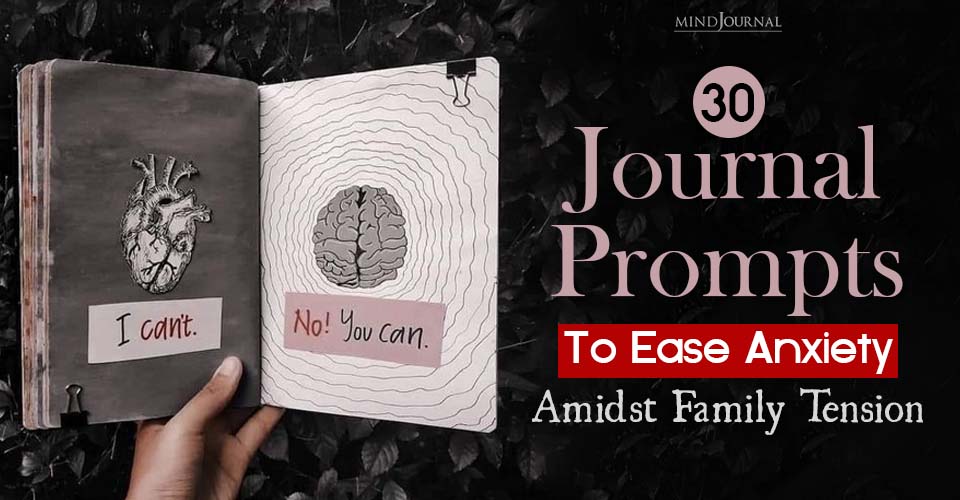
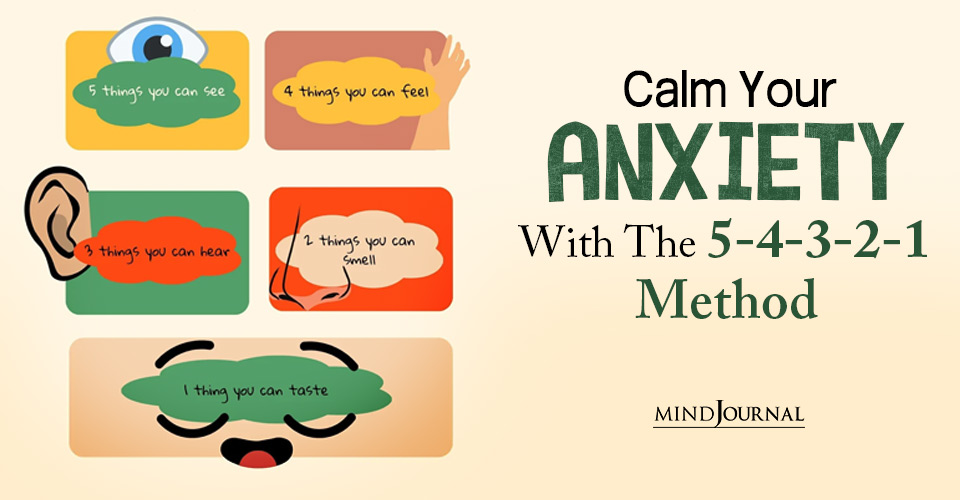

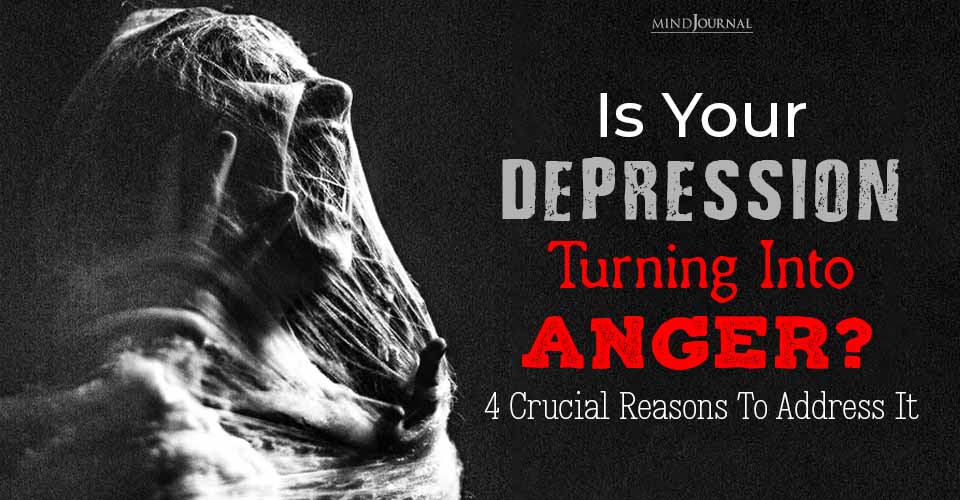
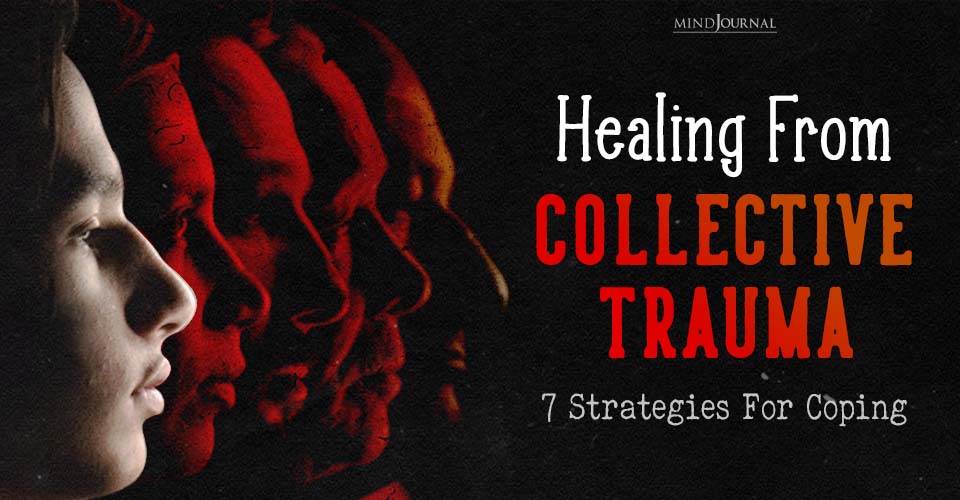


Leave a Reply
You must be logged in to post a comment.